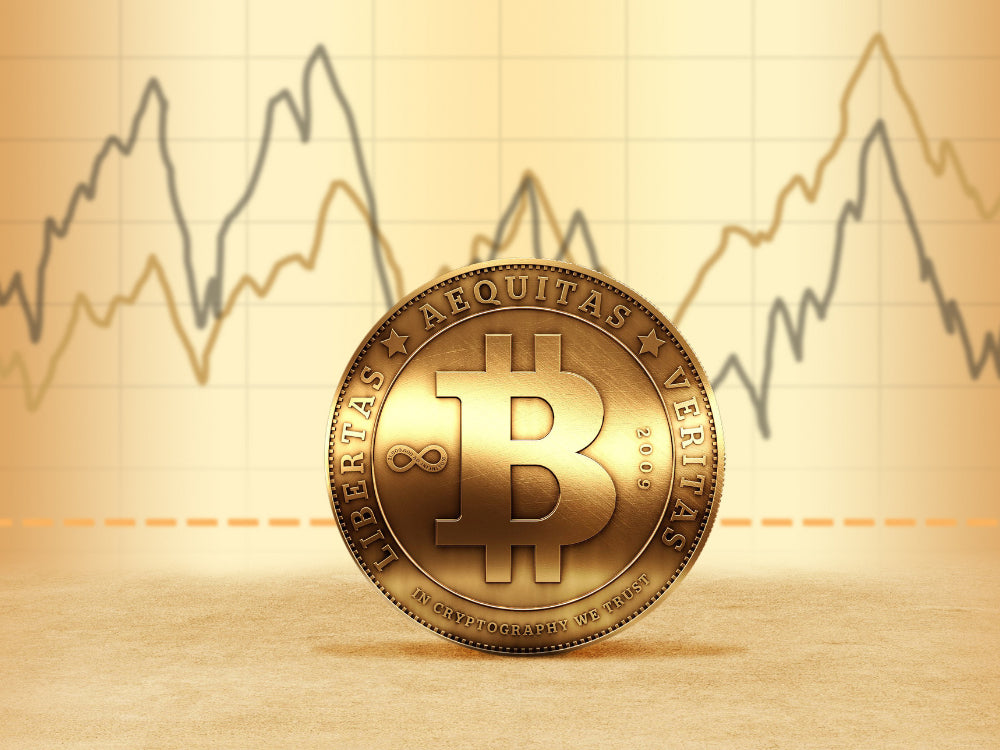Why this Cycle of BTC Halving is Unique?

Bitcoin is just over twenty days away from halving, a significant event and catalyst in the Bitcoin market that typically drives it to record highs. Historical data shows that a BTC halving event halves the new supply of bitcoin, leading to a decrease in new supply while demand continues to grow. This drives the price of bitcoin sharply higher and to new all-time highs.
Although we have witnessed some all-time highs, this has sparked both excitement and unease in the market. There are some who believe that if we have already reached these highs at such an early stage, it may indicate that we are peaking early.
Bob Loukas, an experienced Bitcoin trader and one of the early proponents of Bitcoin's four-year cycle theory, believes that the current cycle is moving faster than ever. According to his theory, Bitcoin is going through its last four-year cycle, which is part of a broader 16-year pattern that the new technology follows.
This is an example of a 'left-shifted cycle,' where the peak of the cycle happens before the midpoint, potentially resulting in a prolonged bear market.
Based on Bitcoin's cyclical behaviour, historical data shows that its market cycle exhibits a rhythm associated with BTC halving events, with an average of 1.3 years of bottoming and topping before and after a halving event. This pattern emphasises the critical role of bitcoin halving in Bitcoin's price dynamics, marking the beginning of bullish phases and often accompanied by new all-time highs. However, there are two significant deviations from the current cycle.
On 9/11/22, Bitcoin hit its bottom at $15,855, which was 587 days before the BTC halving on April 20, 2024. This is much earlier than the average of 477 days. In early March, Bitcoin broke out to a new all-time high for the first time in its history. Although trough-to-peak lengths are only averages, the breakout to all-time highs before the halving suggests that the cycle may have broken its rhythmic pattern.
What makes this cycle different? Aside from the early all-time high breakout, this cycle is different in three key ways:
Smaller correction: Historical data shows that in previous cycles, significant corrections of 30-40% were experienced on the way to all-time highs. However, this time the decline has been much smaller, with a correction of no more than 25% to date. This persistent 'only up' behaviour has raised concerns that Bitcoin is accelerating in this cycle.
Institutional Participation: The inclusion of Bitcoin ETFs has undoubtedly affected liquidity during this cycle. Although ETFs have facilitated investment in Bitcoin for more conventional retail and institutional investors, there are concerns that these products could cause the price to rise too rapidly. The anticipation of further institutional inflows and wider acceptance could result in an early market peak.
Macro Conditions: With interest rates at their highest level in 23 years and many fearing a recession, we are in an exceptional macro environment. If the global economy deteriorates, people tend to liquidate risky assets. It's worth noting that Bitcoin has never experienced a true global recession.
Despite the changes in the market, Bitcoin's core qualities remain, for example:
Still a 24/7 Asset: Despite the dramatic impact of U.S. ETFs on bitcoin trading, bitcoin remains a globally accessible asset that can be traded 24/7.
Still a store of value: The story of Bitcoin as a store of value is more compelling than ever. The Japanese government's announcement that they are considering including Bitcoin in their pension fund signals a trend of people seriously considering Bitcoin as a store of value.
Every cycle is different: every cycle brings new dynamics.
Despite the changing dynamics, Bitcoin's fundamental role as a globally recognized asset for storing wealth remains unchanged. Each cycle introduces new characteristics, but the core purpose of Bitcoin remains the same. Research and analysis conducted by Pantera Capital, the first Bitcoin fund, suggests that the top of the cycle could reach $140,000-$150,000.



















